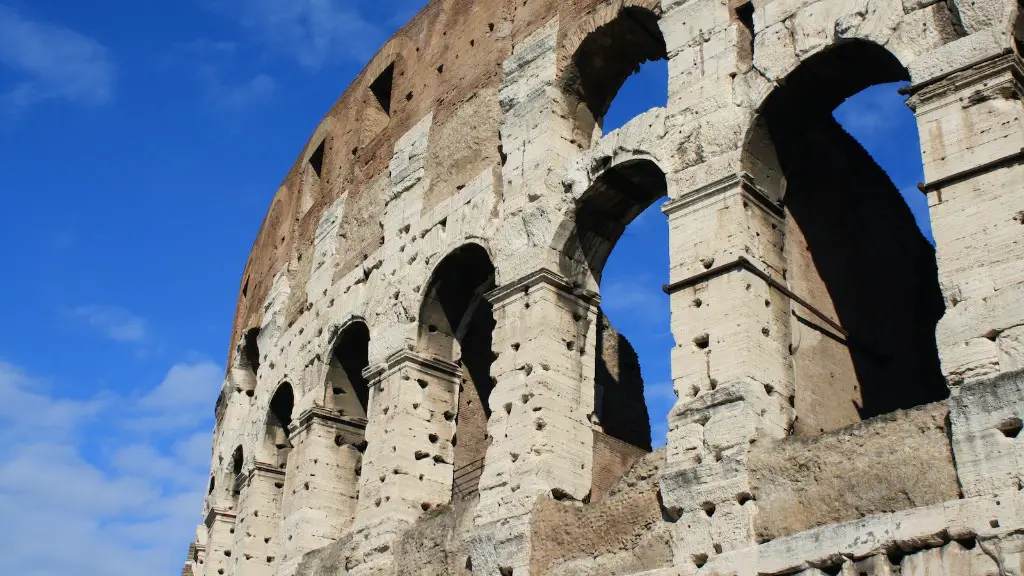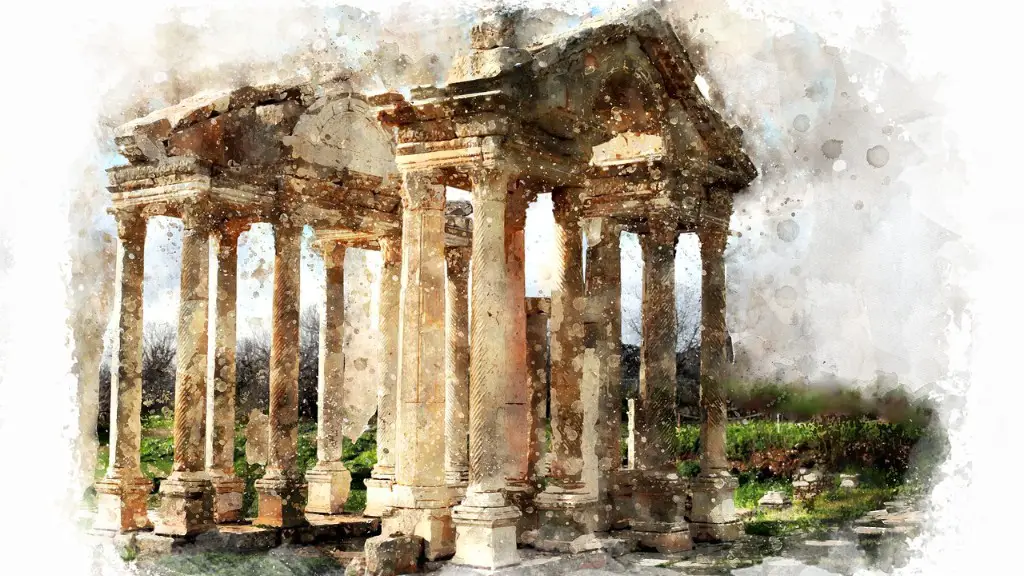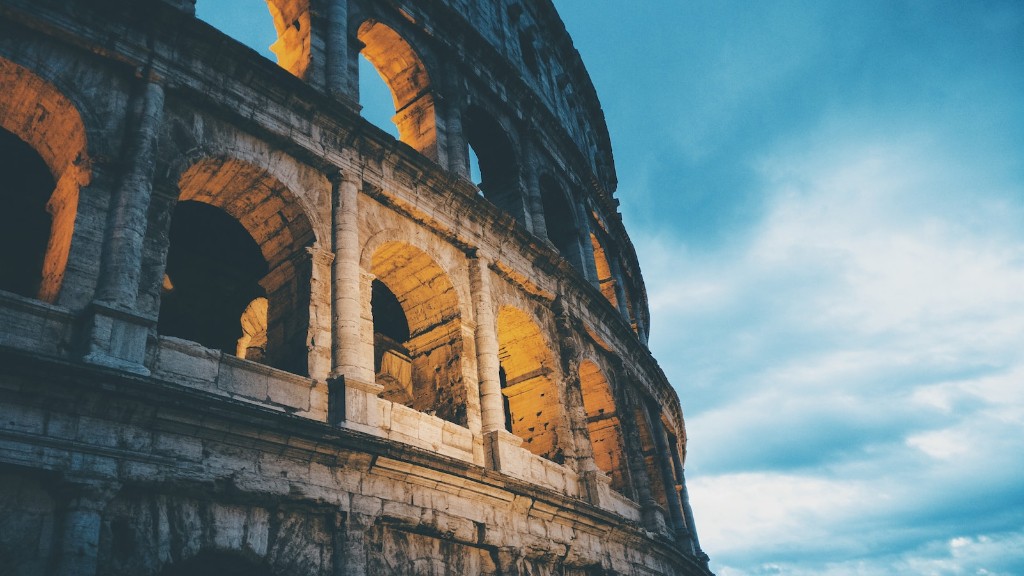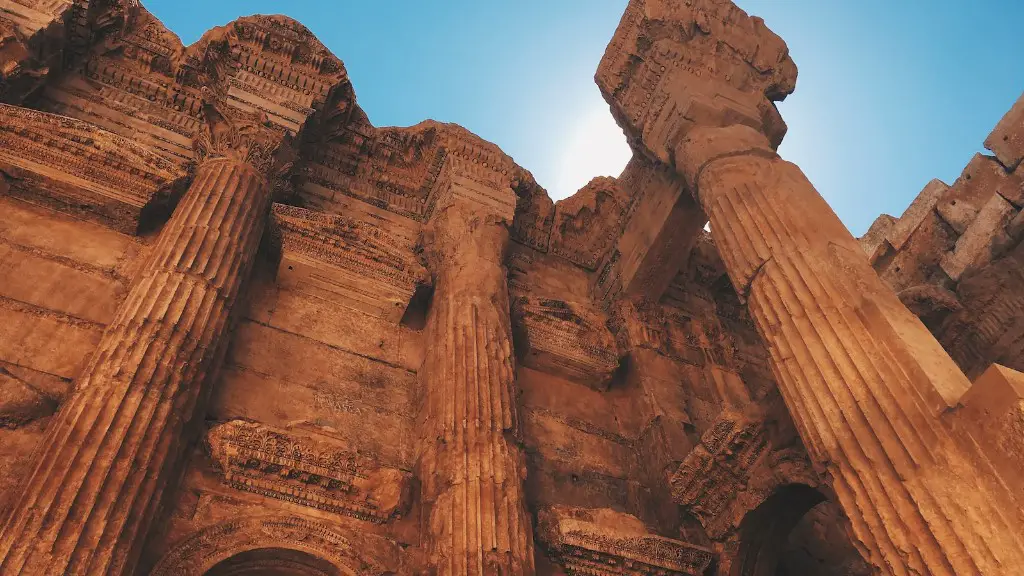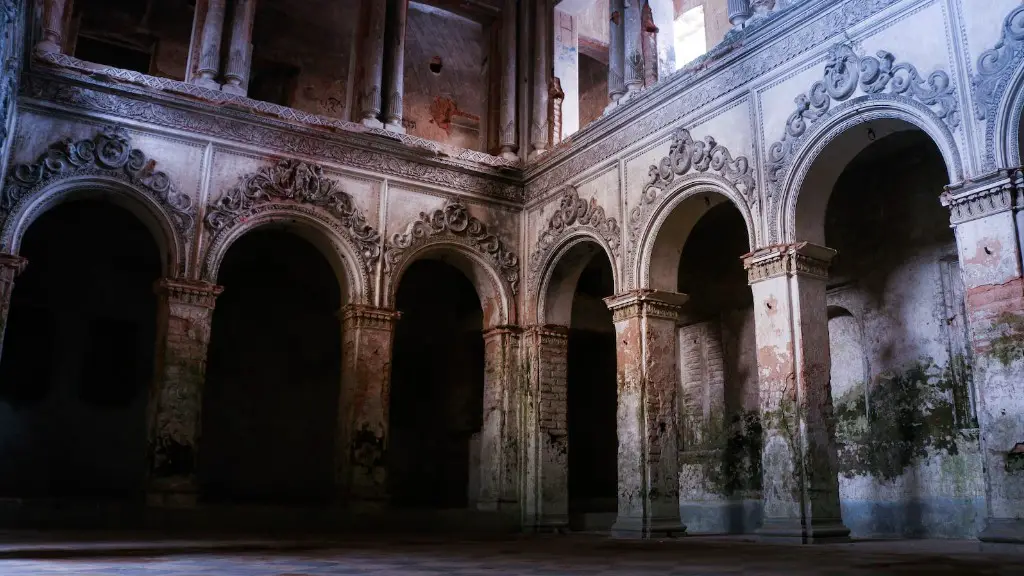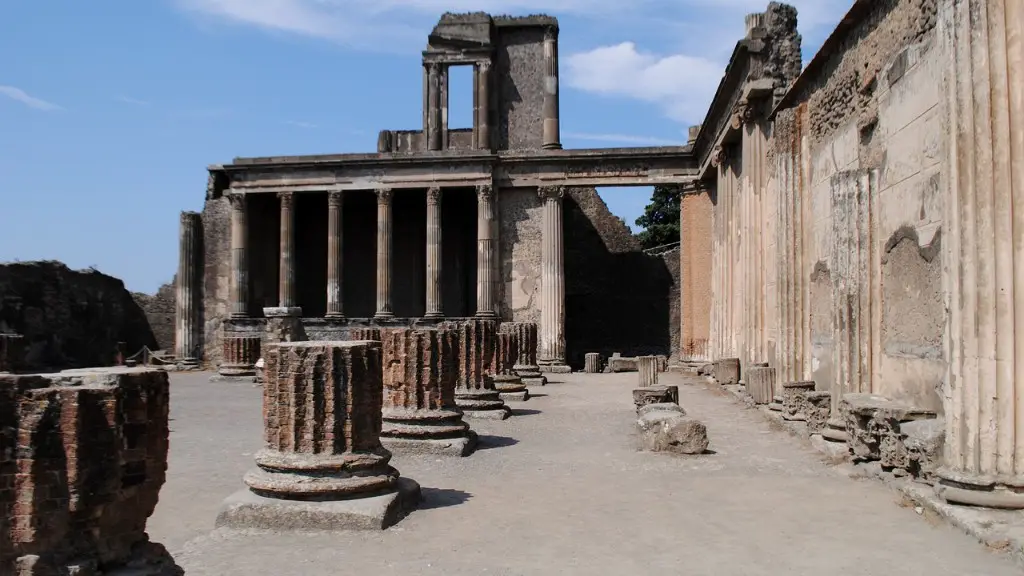Ancient Rome existed and had a great influence on our world between the 8th century BC and 5th century AD. It has been called one of the most influential civilisations in history, leaving us with a rich legacy of philosophical, cultural and linguistic achievements. The city of Rome began as a small, independent settlement near the mouth of the Tiber River in central Italy. The earliest records of its history date back to the 8th century BC. During this period, Rome gradually consolidated its power and eventually became a major city-state in the region. Over the next several centuries, the Roman Republic expanded its influence through military campaigns, political alliances, and economic treaties.
Ancient Rome rose to become the most powerful state in the Mediterranean world and later in Europe. It was largely seen as a military superpower and also widely celebrated for its culture and literature. Rome imposed its laws, language, art, and architecture upon the Mediterranean world and beyond, leaving a lasting impression on the region. In addition, the development of its own form of state-controlled religion and its claim of descent from mythical gods were two of the major factors that distinguished it from other great civilizations. By the 1st century AD, Rome’s borders stretched from present-day Spain and England to Egypt and the Middle East.
The Roman Empire was centered on a monarchy, where an Emperor was in charge and had the power to appoint provincial governors. During its peak, Rome had an estimated population of over one million people and was home to a wide variety of religions, cultures and languages. This impressive level of cultural diversity was a result of its vast empire, with people from all over the Mediterranean region contributing to its cultural richness. The Romans were also master engineers, inventing some of the earliest forms of transportation such as bridges, roads, aqueducts, and flood defence systems.
The end of the Roman Empire is commonly seen as coming in 476 AD with the fall of the western half. This marked the beginning of the Medieval era and the eventual decline of the city of Rome as a political force. During this period, the city was conquered by dozens of outside forces and its population declined significantly. Despite its decline, the ideas and techniques of Ancient Rome lived on in the Middle Ages and beyond, influencing government, science, architecture, and many other aspects of world culture to this day.
Costume and Fashion
The clothing style during the Roman period was quite similar to the Greek one and consisted of white or tan tunics or togas for men and brightly coloured tunics for women. Men’s clothing was made of linen, wool or leather and also included belts, hats and cloaks, while women’s clothing was made of silk. The most common piece of clothing for women was the stola, which was similar to a toga but smaller and had a wide waistband. Both men and women often wore jewelry and amulets, and shoes with open toes were the fashion trend at the time.
An interesting aspect of the Roman period was the development of silk, created by Chinese artisans and imported to Rome. Synthetic dyes were also developed at the time that could be used to make clothing brighter and more colourful. In addition to clothing, wigs and hairpieces were also popular, and wealthy people had their servants help them with their hairstyles. Cosmetic products such as rouges, perfumes and antiperspirants were also prevalent, with some women even going as far as to wear false eyelashes made from sheep’s wool.
Despite the fame afforded to the Roman Empire, its clothing and fashion were often more conservative than other cultures around the same time. Both men and women were conservative in the way they dressed and were often more interested in practicality than fashion. This was largely due to Rome’s military lifestyle, which focused on practicality and efficiency.
Technology and Engineering
The Romans are often credited with pioneering advances in engineering, civil engineering and construction techniques. One of their most famous inventions is the Pantheon which was built in the 2nd century AD and is still standing today as one of the best examples of Roman engineering. The Romans also invented numerous methods of road construction and bridge building, which were vastly superior to anything that had existed before. In addition, the Romans had a sophisticated system of aqueducts and plumbing, which was essential for delivering water to the cities.
The Roman Empire was also home to a number of technological innovations such as the invention and use of concrete, which allowed for the construction of much larger and stronger structures. The Romans were also the first to use arches, vaults and domes, which allowed them to build much larger and more impressive structures than before. Their technological advancements were complemented by innovations in philosophy and the arts, which led to the development of many advanced scientific and artistic techniques.
The legacy of the Roman Empire is still visible in many places today, from the roads and bridges they built to the intricate mosaics and sculptures they left behind. Even more impressive is the lasting impact their monumental structures, engineering feats, and technological advances had on the world. From their roads and aqueducts to their advancing science and medicine, the Romans were able to in many ways shape the fate of civilization for centuries afterward.
Social Structure
Ancient Rome was a highly stratified and hierarchical society, with slaves and freedmen at the bottom and the Patricians and the Emperor at the top. The emperor was considered the head of the state and was the supreme commander of the Roman army. He held absolute power and was able to make decisions that affected the entirety of the Empire.
The Patricians were the upper class of Rome, a wealthy and educated elite who were influential in the political and economic realms. They were the only class allowed to hold public office and were quite powerful in many sectors of society. Below them were the Plebeians, a class of common citizens who were divided into artisans, merchants, farmers and labourers.
Slavery was an integral part of the Roman social structure and an estimated 30-40% of all citizens were slaves. Slaves were not considered citizens and were treated as property, often subject to arbitrary, inhumane treatment. Despite this, some slaves were able to rise up to the ranks of freedmen, able to own property and possessions of their own.
The social structure of Ancient Rome was highly influential in shaping the Western world for centuries afterward. Its rigid class divisions, caesaropapism, state-based religion and social stratification all formed the basis for later political and social systems.
Military Organisation
The Roman army was considered one of the most powerful and advanced forces in the ancient world. It was divided into several key categories, including the legions, the auxilia, the allies and the gladiators. The Roman legions were the main heavy infantry force of the Empire and were composed of citizen-soldiers with significant military training and experience. The auxilia were composed of non-citizen Roman allies who provided light infantry and cavalry forces, while gladiators were professional warriors who were trained in a variety of specialised combat techniques.
The Roman army was comprised of a highly disciplined and organised structure, with the Emperor at the top and a well-defined set of ranks and responsibilities. At its peak, the Roman military was considered to be one of the largest and most advanced in the world, and its tactics and techniques had a significant influence on the art of warfare for centuries afterward.
The Roman military was composed of several different types of forces depending on the needs of the situation, such as the cavalry, archers, heavy infantry and skirmishers. Roman soldiers made use of a variety of weapons and armour, including swords, shields, bows, spears and javelins. The Roman military was also renowned for its siege warfare tactics, which allowed them to easily conquer and occupy cities and fortresses.
Culture and Religion
The culture of Ancient Rome was heavily influenced by the cultures of the Mediterranean, such as the Greeks and Phoenicians. Religion was a major part of Roman culture, with a pantheon of deities that included Jupiter, Juno, Minerva, Mars and many others. Religion was deeply integrated into the lives of Romans, and most public activities had a religious or spiritual context. Roman mythology was also a major part of its culture, with many of these stories still retold today.
Sports and entertainment were also popular among the Romans. Popular sports included chariot racing and gladiatorial combat, while other forms of entertainment included music, theatre and poetry. Education was also emphasised in Roman culture, with grammar schools and universities becoming commonplace. The famous Epicurean school of philosophy was also founded in Rome, which contributed to its reputation as a centre of learning and debate.
Today, the culture and society of Ancient Rome still profoundly influences our own world. From its laws and government to its religion and art, Roman civilisation left behind a rich legacy of influential ideals and customs, many of which continue to shape our world today.
